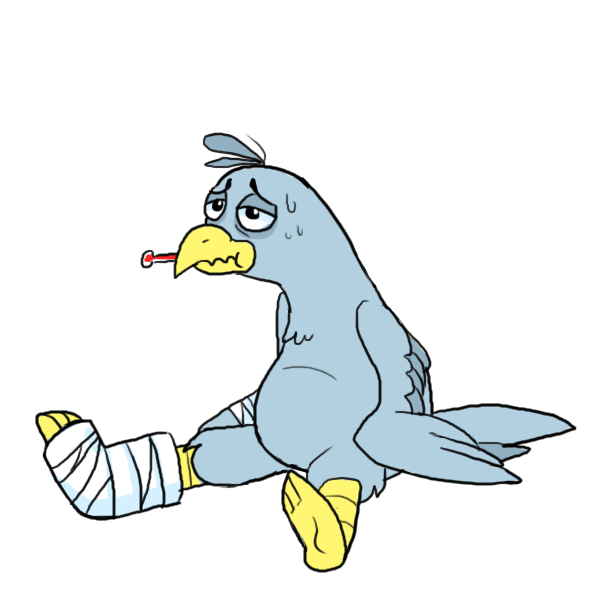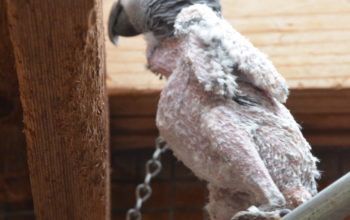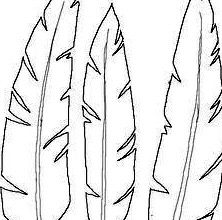Birds of all types from barnyard chicken to parrots to raptors are susceptible to many diseases, just like all other living organisms. There are a few more common diseases that can be diagnosed easily and a plan for treatment can be managed by your avian vet. These are all hard to treat and carry a high mortality rate.
If you don’t have a vet for your bird, Google “Certified Avain Vet” and find one in your area.
Pacheco’s Virus
According to VCA Hospital website, Pacheco’s disease is caused by a herpes virus. Many species of birds are susceptible. Cockatoos and Amazon parrots are very susceptible to the infection and usually die, whereas conures, such as the Nanday and Patagonian Conures seem to be resistant to the disease.
NIH, Library of Medicine, states, Pacheco’s parrot disease was identified as the cause of death of 3 psittacine birds at an aviary. Confirming a previous report, a herpesvirus was found to be the etiologic agent. Vaccination of budgerigars with a commercial lyophilized Marek’s disease vaccine did not prevent infection with the Pacheco’s disease herpesvirus.
Significant outbreaks of Pacheco’s virus at zoos in Italy and Spain, have been reported, with a high bird death rate.
Polyoma
Avian polyomavirus (APV) causes a fatal, multi-organ disease among several bird species, primarily affecting young birds. There are two primary forms of the disease based on species affected: budgerigar fledgling disease and a nonbudgerigar polyoma infection. Both are characterized by per-acute to acute death of young, pre fledgling age. Adult birds typically are resistant to infection, while shedding the infection for 90 days. Incubation period is 7 to 10 days.
Although diagnosable by anal swab, it is generally, initially diagnosed by observation of “warts” on bird’s skin or feather, or by young bird death.
Chlamydiosis
The bacteria are found in the nasal secretions and in the stool from infected birds, recovering birds, and carriers. Because the disease can be transmitted from birds to people, there are certain regulations in the United States regarding the reporting and quarantine of birds that are suspected of having psittacosis. Although still a disease of concern, chlamydial infection has decreased dramatically since the importation of South American birds has been curtailed.
Once diagnosed, the infection is treatable by antibiotic for a long period, while the bird is in quarantine. The bacteria can remain active for months in dry fecal material, and requires careful handling of waste and strict cleaning procedures for the entire time the bird is in isolation to prevent the spread to other birds or humans.
Aspergillosis
Aspergillosis is a common fungus found in our environment, generally effecting the respiratory system of chickens and turkeys and less frequently ducklings, pigeons, canaries, geese, and many other wild and pet birds. Sick birds may display respiratory distress, and weight loss. There is no treatment for aspergillosis.





